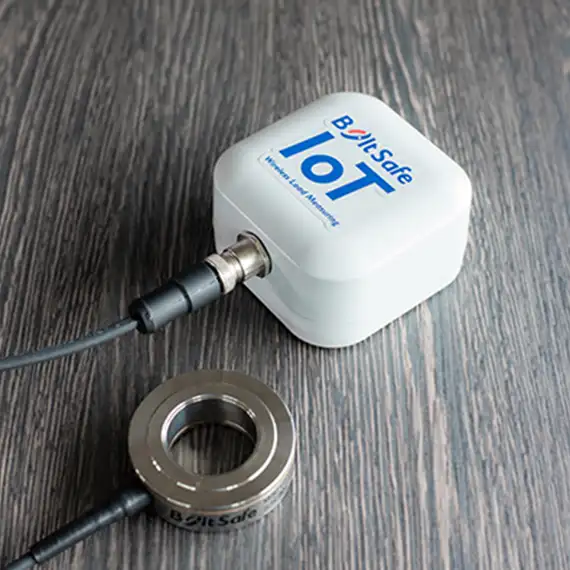The IoT-node connects a BoltSafe CMS sensor to The Things Stack, KPN LoRa network, or any private LoRaWAN network. It transmits bolt load data to the cloud multiple times per hour, accessible via any internet-connected device. Featuring a long-lasting battery of approximately ten years, it requires no external power supply. A LoRa gateway can be added if a connection is unavailable. Our team can assist with custom cloud application solutions.
Specifications
Wireless Technology LoRaWAN V.1.0.2 Class A
Frequency bands EU686 and US915 (other bands on request)
Configuration USB-C and free Windows software
Software Can read DevEUI and set AppEUI and AppKey. Sends test messages.


